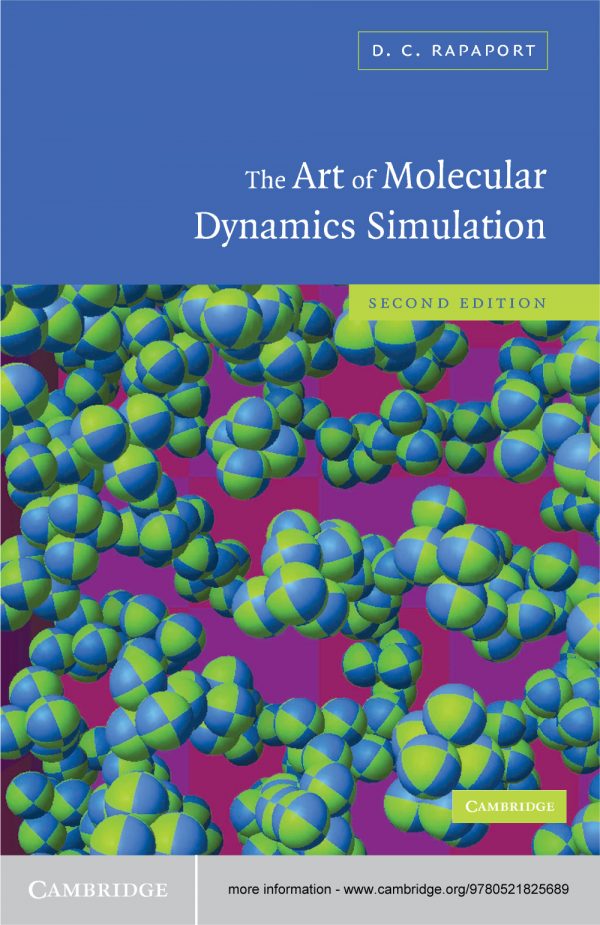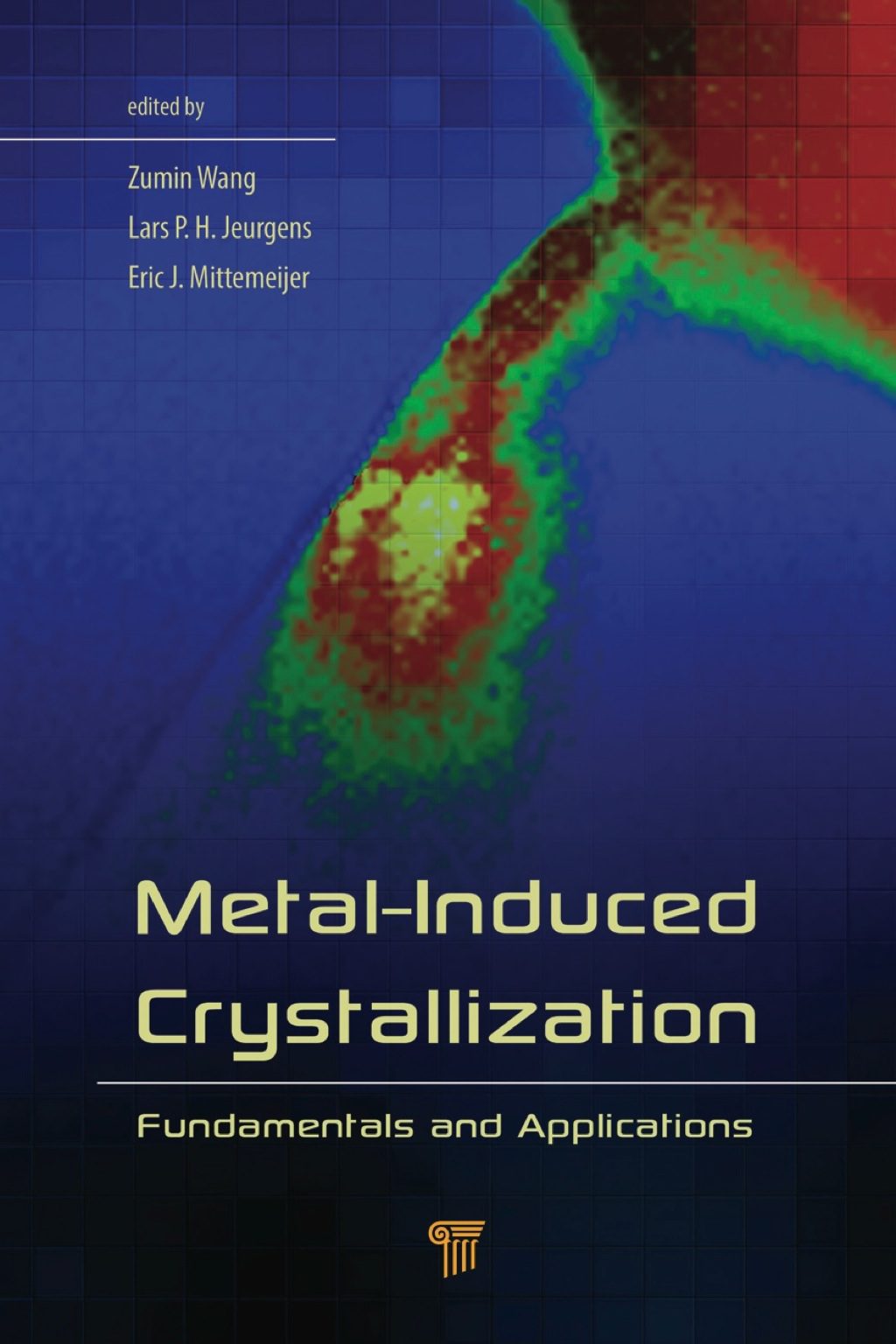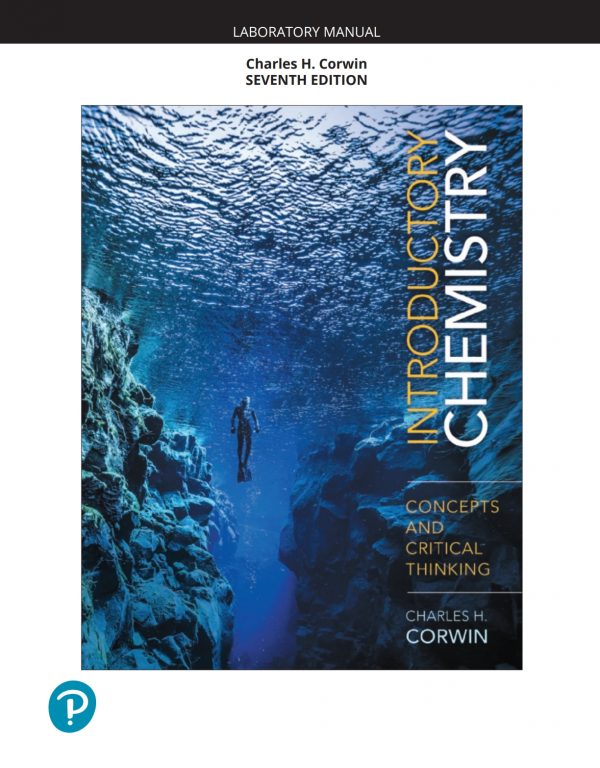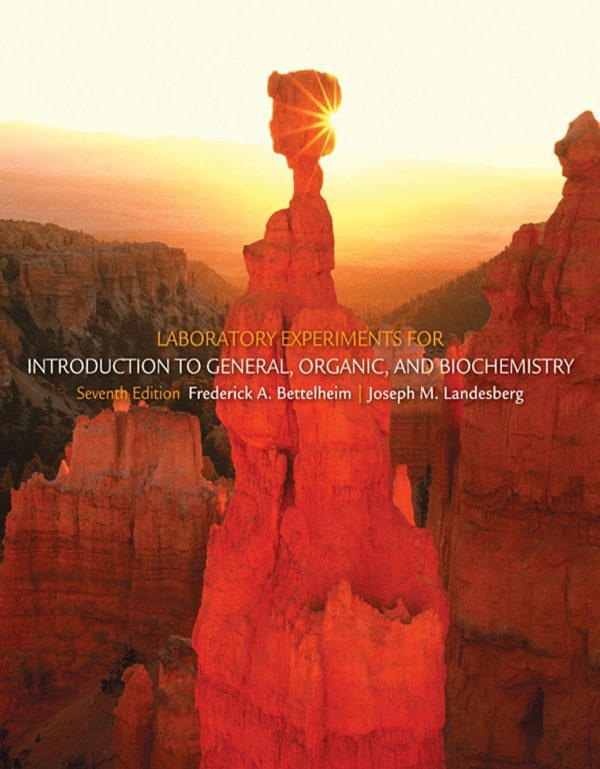Sason S. Shaik, Philippe C. Hiberty0470037350, 9780470037355, 9780470192580
Table of contents :
A Chemist’s Guide to Valence Bond Theory……Page 1
CONTENTS……Page 10
PREFACE……Page 16
1 A Brief Story of Valence Bond Theory, Its Rivalry with Molecular Orbital Theory, Its Demise, and Resurgence……Page 18
1.1 Roots of VB Theory……Page 19
1.2 Origins of MO Theory and the Roots of VB-MO Rivalry……Page 22
1.3 One Theory is Up the Other is Down……Page 24
1.4 Mythical Failures of VB Theory: More Ground is Gained by MO Theory……Page 25
1.5.1 The O(2) Failure……Page 29
1.5.4 The Failure Associated with the Photoelectron Spectroscopy of CH(4)……Page 30
1.7 Modern VB Theory: Valence Bond Theory is Coming of Age……Page 31
2.1 Valence Bond Output for the H(2) Molecule……Page 43
2.2 Valence Bond Mixing Diagrams……Page 49
2.3 Valence Bond Output for the HF Molecule……Page 50
3.1.1 VB Wave Functions with Localized Atomic Orbitals……Page 57
3.1.2 Valence Bond Wave Functions with Semilocalized AOs……Page 58
3.1.3 Valence Bond Wave Functions with Fragment Orbitals……Page 59
3.1.4 Writing Valence Bond Wave Functions Beyond the 2e/2c Case……Page 60
3.2 Overlaps between Determinants……Page 62
3.3 Valence Bond Formalism Using the Exact Hamiltonian……Page 63
3.3.1 Purely Covalent Singlet and Triplet Repulsive States……Page 64
3.4 Valence Bond Formalism Using an Effective Hamiltonian……Page 66
3.5.1 The Two-Electron Bond……Page 68
3.5.2 Repulsive Interactions in Valence Bond Theory……Page 69
3.5.3 Mixing of Degenerate Valence Bond Structures……Page 70
3.5.4 Nonbonding Interactions in Valence Bond Theory……Page 71
3.7 Bridges between Molecular Orbital and Valence Bond Theories……Page 73
3.7.1 Comparison of Qualitative Valence Bond and Molecular Orbital Theories……Page 74
3.7.2 The Relationship between Molecular Orbital and Valence Bond Wave Functions……Page 75
3.7.3 Localized Bond Orbitals: A Pictorial Bridge between Molecular Orbital and Valence Bond Wave Functions……Page 77
3.A.1 Normalization Constants, Energies, Overlaps, and Matrix Elements of Valence Bond Wave Functions……Page 82
3.A.1.1 Energy and Self-Overlap of an Atomic Orbital-Based Determinant……Page 83
3.A.2 Simple Guidelines for Valence Bond Mixing……Page 85
Exercises……Page 87
Answers……Page 91
4.1 Generating a Set of Valence Bond Structures……Page 98
4.2.1 Expansion of Molecular Orbital Determinants in Terms of Atomic Orbital Determinants……Page 100
4.2.2 Projecting the Molecular Orbital-Configuration Interaction Wave Function Onto the Rumer Basis of Valence Bond Structures……Page 102
4.2.3 An Example: The Hartree-Fock Wave Function of Butadiene……Page 103
4.3 Using Half-Determinants to Calculate Overlaps between Valence Bond Structures……Page 105
Exercises……Page 106
Answers……Page 107
5.2 The Triplet Ground State of Dioxygen……Page 111
5.3 Aromaticity-Antiaromaticity in Ionic Rings C(n)H(n)(+/-)……Page 114
5.4 Aromaticity/Antiaromaticity in Neutral Rings……Page 117
5.5 The Valence Ionization Spectrum of CH(4)……Page 121
5.6 The Valence Ionization Spectrum of H(2)O and the “Rabbit-Ear” Lone Pairs……Page 123
5.7 A Summary……Page 126
Exercises……Page 128
Answers……Page 129
6.2 Two Archetypal Valence Bond Diagrams……Page 133
6.3 The Valence Bond State Correlation Diagram Model and Its General Outlook on Reactivity……Page 134
6.4.1 Valence Bond State Correlation Diagrams for Radical Exchange Reactions……Page 136
6.4.2 Valence Bond State Correlation Diagrams for Reactions between Nucleophiles and Electrophiles……Page 139
6.4.3 Generalization of Valence Bond State Correlation Diagrams for Reactions Involving Reorganization of Covalent Bonds……Page 141
6.5 Barrier Expressions Based on the Valence Bond State Correlation Diagram Model……Page 143
6.6 Making Qualitative Reactivity Predictions with the Valence Bond State Correlation Diagram……Page 145
6.6.1 Reactivity Trends in Radical Exchange Reactions……Page 147
6.6.2 Reactivity Trends in Allowed and Forbidden Reactions……Page 149
6.6.3 Reactivity Trends in Oxidative-Addition Reactions……Page 150
6.6.4 Reactivity Trends in Reactions between Nucleophiles and Electrophiles……Page 153
6.6.6 Making Stereochemical Predictions with the VBSCD Model……Page 155
6.6.7 Predicting Transition State Structures with the Valence Bond State Correlation Diagram Model……Page 157
6.6.8 Trends in Transition State Resonance Energies……Page 158
6.8 Valence Bond Configuration Mixing Diagram with Ionic Intermediate Curves……Page 161
6.8.1 Valence Bond Configuration Mixing Diagrams for Proton-Transfer Processes……Page 162
6.8.2 Insights from Valence Bond Configuration Mixing Diagrams: One Electron Less-One Electron More……Page 163
6.8.3 Nucleophilic Substitution on Silicon: Stable Hypercoordinated Species……Page 164
6.9.1 The Mechanism of Nucleophilic Substitution of Esters……Page 166
6.9.2 The S(RN)2 and S(RN)2(c) Mechanisms……Page 167
6.10 Valence Bond State Correlation Diagram: A General Model for Electronic Delocalization in Clusters……Page 170
6.10.1 What is the Driving Force for the D(6h) Geometry of Benzene, σ or π?……Page 171
6.11 Valence Bond State Correlation Diagram: Application to Photochemical Reactivity……Page 174
6.11.1 Photoreactivity in 3e/3c Reactions……Page 175
6.11.2 Photoreactivity in 4e/3c Reactions……Page 176
6.12 A Summary……Page 180
Exercises……Page 188
Answers……Page 193
7 Using Valence Bond Theory to Compute and Conceptualize Excited States……Page 210
7.1 Excited States of a Single Bond……Page 211
7.2 Excited States of Molecules with Conjugated Bonds……Page 213
7.2.1 Use of Molecular Symmetry to Generate Covalent Excited States Based on Valence Bond Theory……Page 214
7.2.2 Covalent Excited States of Polyenes……Page 226
7.3 A Summary……Page 229
Exercises……Page 232
Answers……Page 233
8 Spin Hamiltonian Valence Bond Theory and its Applications to Organic Radicals, Diradicals, and Polyradicals……Page 239
8.1 A Topological Semiempirical Hamiltonian……Page 240
8.2.1 Ground States of Polyenes and Hund’s Rule Violations……Page 242
8.2.2 Spin Distribution in Alternant Radicals……Page 244
8.2.3 Relative Stabilities of Polyenes……Page 245
8.2.4 Extending Ovchinnikov’s Rule to Search for Bistable Hydrocarbons……Page 247
8.3 A Summary……Page 248
Exercises……Page 249
Answers……Page 251
9.1 Introduction……Page 255
9.2 Valence Bond Methods Based on Semilocalized Orbitals……Page 256
9.2.1 The Generalized Valence Bond Method……Page 257
9.2.2 The Spin-Coupled Valence Bond Method……Page 259
9.2.3 The CASVB Method……Page 260
9.2.4 The Generalized Resonating Valence Bond Method……Page 262
9.2.5 Multiconfiguration Valence Bond Methods with Optimized Orbitals……Page 263
9.3.1 Valence Bond Self-Consistent Field Method with Localized Orbitals……Page 264
9.3.2 The Breathing-Orbital Valence Bond Method……Page 266
9.3.3 The Valence Bond Configuration Interaction Method……Page 269
9.4.1 Using Standard Molecular Orbital Software to Compute Single Valence Bond Structures or Determinants……Page 270
9.4.2 The Block-Localized Wave Function and Related Methods……Page 271
9.5 A Valence Bond Method with Polarizable Continuum Model……Page 272
9.A.1.3 The CRUNCH Software……Page 274
9.A.2 Implementations of Valence Bond Methods in Standard Ab Initio Packages……Page 275
10.2 Wave Functions and Energies for the Ground State of F(2)……Page 288
10.2.1 GVB, SC, and VBSCF Methods……Page 289
10.2.2 The BOVB Method……Page 293
10.2.3 The VBCI Method……Page 297
10.3 Valence Bond Calculations of Diabatic States and Resonance Energies……Page 298
10.3.2 Calculations of Meaningful Diabetic States……Page 299
10.3.3 Resonance Energies……Page 301
10.4 Comments on Calculations of VBSCDs and VBCMDs……Page 304
10.A.1 Calculating at the SD-BOVB Level in Low Symmetry Cases……Page 307
Epilogue……Page 321
Glossary……Page 323
Index……Page 328







Reviews
There are no reviews yet.